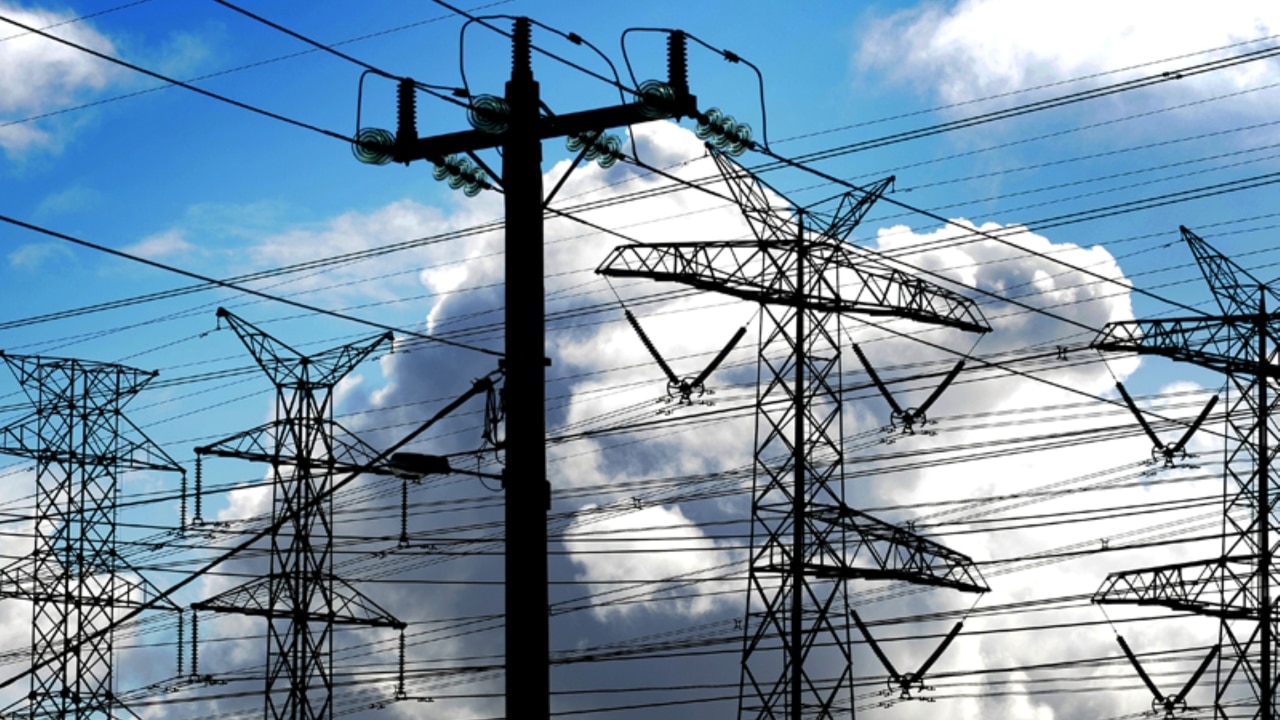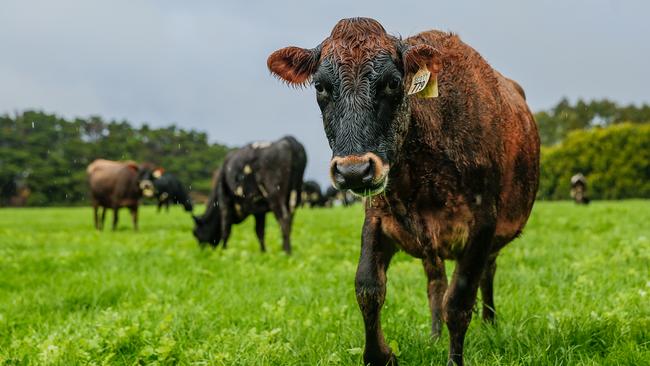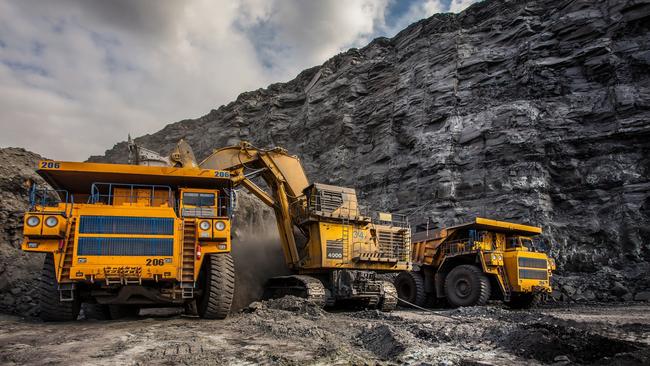High power bills are just the beginning
IF you think the emissions reduction push in the power sector has lead to high prices, just wait until you see what they’ll do to the transport and agricultural industries, writes Peta Credlin.

IF you’re one of the growing number of Australians who think that reducing emissions in the power sector has been disastrous for electricity prices and jobs, just wait until the climate zealots get to the other parts of the economy that are earmarked for action under the Paris emissions targets.
You ain’t seen nothing yet.
Last week in Canberra, the Coalition party room started to register its protest against being railroaded into an energy policy ticked off by the state Labor governments; a policy that will put reducing emissions ahead of cutting power prices and make it almost impossible for heavy industry to get the affordable 24/7 baseload power it needs to survive.
But energy is just the first sector to get the climate change treatment — it might be where it starts, but it’s certainly not where it stops. That’s because energy production generates only about a third of our carbon dioxide emissions. Another third comes from agriculture and transport; with a final third, more or less, from things like rubbish dumps, deforestation and the so-called fugitive emissions from mining.
And, it’s all of these sectors, that will be required to make a proportionate contribution to achieving our Paris emissions reductions targets — which, you’ll note — have changed from being ‘aspirational targets to be achieved if possible’ under Prime Minister Tony Abbott, to ‘binding commitments to be achieved come-what-may’ under Prime Minister Malcolm Turnbull.

A couple of weeks back I alerted you to the “carbon tax on cars”: the proposed new rules on motor vehicle carbon dioxide emissions that are tougher than the European standard, and that almost none of Australia’s top selling cars can meet. Ford, Holden, Toyota, Hyundai, Volkswagen — all of them in the top 20 right now and almost none of them meeting Malcolm Turnbull’s new emissions standard. Which means in the next few years, car companies will be hit with big fines to force them to comply, and you will up paying more for cars in this country, as well as driving an electric option or a small four-cylinder at best.
But it doesn’t stop there. The next big area to come under Turnbull’s emissions push will be agriculture.
Currently Australia has about 110 million cattle, sheep and pigs, and it’s all their methane — at the front end, and the back end — that’s largely responsible for the ag sector’s emissions. If agriculture is to carry a proportionate share of our emissions reduction burden, in the absence of some clever new scheme, Australia’s total herd will need to be reduced by about 30 million over the next decade.

I’m a country girl but how do you reckon this will go down with city voters who are up in arms about animal culling in droughts, or the animal wastage as part of the live export trade? How do you think this will this go with voters who like the idea of growing our prosperity as the food bowl to Asia’s expanding middle class? After all, it’ll be pretty hard, to send more high-quality beef, lamb and pork to China, if our herds have to be reduced by a third.
Now, I don’t see voters putting-up-with-being-told that they can’t have a Hilux or have to pay thousands more for it. And I can’t see farmers being told that they have to shrink their herds, or wind back our dairy industry. But that just means, that even more of the burden of emissions reduction goes back on to power, and that power prices have to rise even further.
Of course, there is an alternative to all this, and that’s to rethink whether we really want to turn our economy (and standard of living) upside down in the name of reducing emissions in Australia, that even the Chief Scientist has admitted, will make no real difference to the world’s climate.
I worked on the inside of our government machine for 16 years and there was never any debate about cars or culling our beef and dairy herds. And if I didn’t know that, I doubt you voted for it either. So, you’ve really got to ask — how much of this low emissions push is a decision by the people and how much is a decision by the prime minister?
I hope Australians are starting to wake up.
